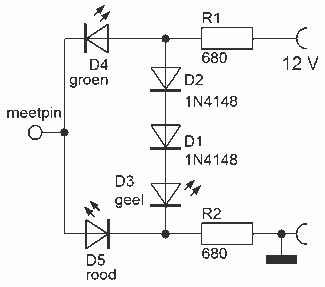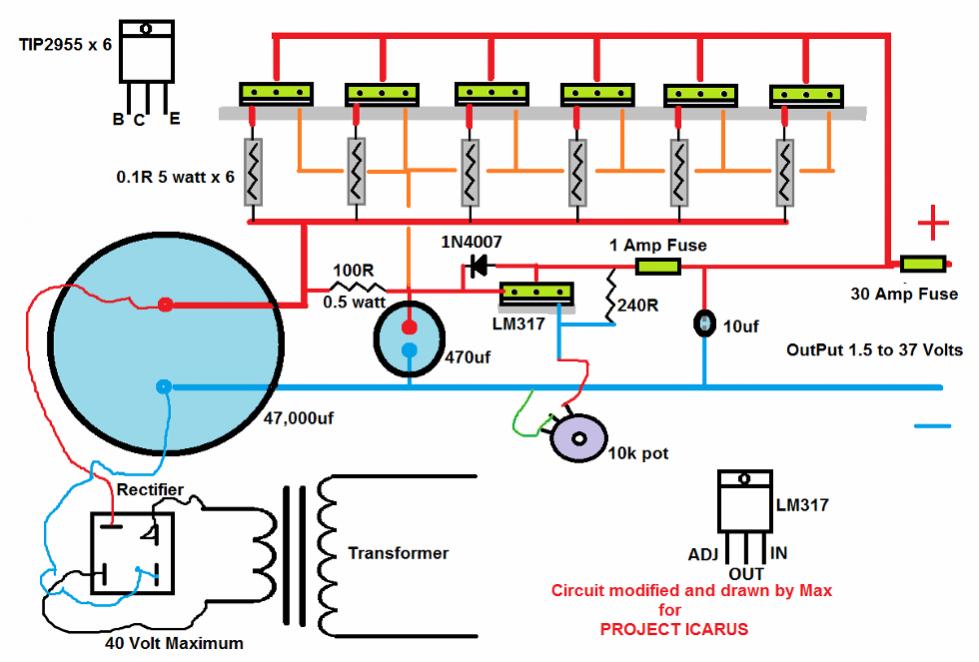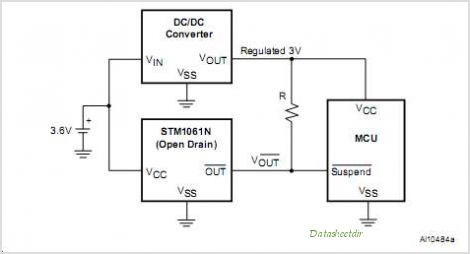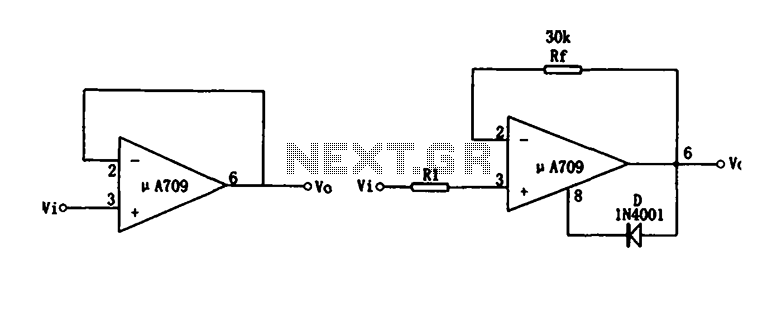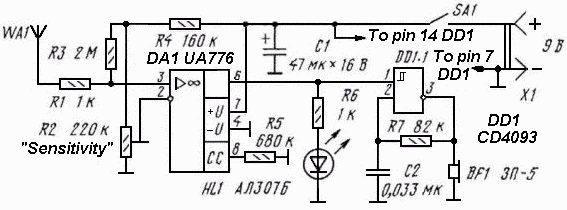
High Voltage Low Current Supply

The following circuit illustrates a High Voltage, Low Current Supply. Features: This circuit is utilized for applications such as biasing gas-discharge tubes, radiation detectors, and similar devices.
The High Voltage, Low Current Supply circuit is designed to provide a stable high voltage output while maintaining a low current draw. This is particularly important for applications like gas-discharge tubes and radiation detectors, where high voltage is necessary for operation, but excessive current can lead to device damage or inaccurate readings.
Typically, this circuit employs a step-up transformer or a voltage multiplier configuration to achieve the desired high voltage from a lower input voltage. The transformer can be designed with a primary winding connected to a standard power source, while the secondary winding is configured to produce the high voltage output. Alternatively, a voltage multiplier circuit, such as a Cockcroft-Walton multiplier, can be used to generate high voltage by stacking capacitors and diodes to incrementally increase the voltage level.
The output stage of the circuit is often equipped with a high-impedance load to ensure minimal current draw, which is essential for maintaining the integrity of sensitive components like gas-discharge tubes. Additionally, protection features such as current limiting resistors or fuses may be incorporated to prevent overcurrent conditions and ensure safe operation.
In summary, the High Voltage, Low Current Supply circuit is an essential component in various electronic applications requiring high voltage and low current, facilitating the safe and effective operation of devices like gas-discharge tubes and radiation detectors.The following circuit shows about High Voltage, Low Current Supply. Feature: Used for (biasing of gas-discharge tubes, radiation detectors, etc), .. 🔗 External reference
The High Voltage, Low Current Supply circuit is designed to provide a stable high voltage output while maintaining a low current draw. This is particularly important for applications like gas-discharge tubes and radiation detectors, where high voltage is necessary for operation, but excessive current can lead to device damage or inaccurate readings.
Typically, this circuit employs a step-up transformer or a voltage multiplier configuration to achieve the desired high voltage from a lower input voltage. The transformer can be designed with a primary winding connected to a standard power source, while the secondary winding is configured to produce the high voltage output. Alternatively, a voltage multiplier circuit, such as a Cockcroft-Walton multiplier, can be used to generate high voltage by stacking capacitors and diodes to incrementally increase the voltage level.
The output stage of the circuit is often equipped with a high-impedance load to ensure minimal current draw, which is essential for maintaining the integrity of sensitive components like gas-discharge tubes. Additionally, protection features such as current limiting resistors or fuses may be incorporated to prevent overcurrent conditions and ensure safe operation.
In summary, the High Voltage, Low Current Supply circuit is an essential component in various electronic applications requiring high voltage and low current, facilitating the safe and effective operation of devices like gas-discharge tubes and radiation detectors.The following circuit shows about High Voltage, Low Current Supply. Feature: Used for (biasing of gas-discharge tubes, radiation detectors, etc), .. 🔗 External reference
Warning: include(partials/cookie-banner.php): Failed to open stream: Permission denied in /var/www/html/nextgr/view-circuit.php on line 713
Warning: include(): Failed opening 'partials/cookie-banner.php' for inclusion (include_path='.:/usr/share/php') in /var/www/html/nextgr/view-circuit.php on line 713
